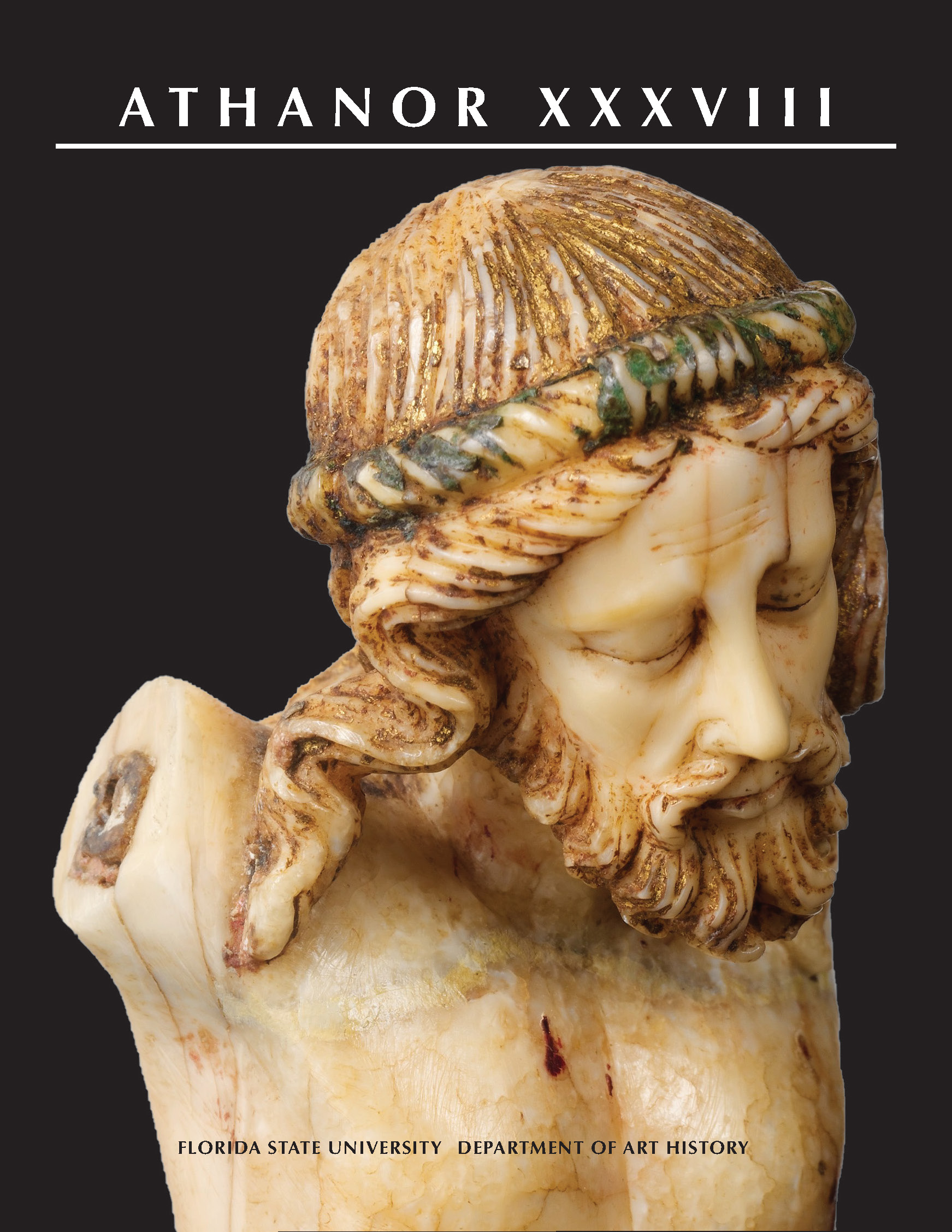Abstract
In the last decades of the nineteenth century, the visual and experiential character of the French capital was being reshaped as the urban street took on renewed social significance. Though considered a politically charged site of demonstration and insurrection since the Revolution, widespread social protests in the 1890s exacerbated the perceived danger of proletarian crowds. Propelled by heightened tensions between the bourgeois establishment and increasingly radical social reformers, the anarchist movement also reached a fever pitch around 1895. The arch of anarchism’s rise in France coincided with Vallotton’s arrival there and the height of his illustrious graphic career working for popular and fine art ventures alike. The candor and irony of Vallotton’s art has not been lost on art historians, though much of the scholarship has tended to focus on his uneasy relationship to the Nabis and his later painting career, which became the artist’s primary focus after 1899. When studies have addressed his graphic work, it has typically been in the context of his virtuosic handling of the woodcut medium or his prolific illustrations for the popular press. Recently, however, scholars like Richard Thomson and Bridget Alsdorf have undertaken more sustained examinations of Vallotton’s graphic interest in violence and the law. Building on and diverging from these studies, I argue that the seeming violence of Vallotton’s spatial interventions in his police prints—the transposition of space into form and back again—works not as hyperbole but rather as an astute expression of the unpredict-able and shifting experiences with police in the streets of Paris.

This work is licensed under a Creative Commons Attribution 4.0 International License.
Copyright (c) 2022 Jordan Hillman
